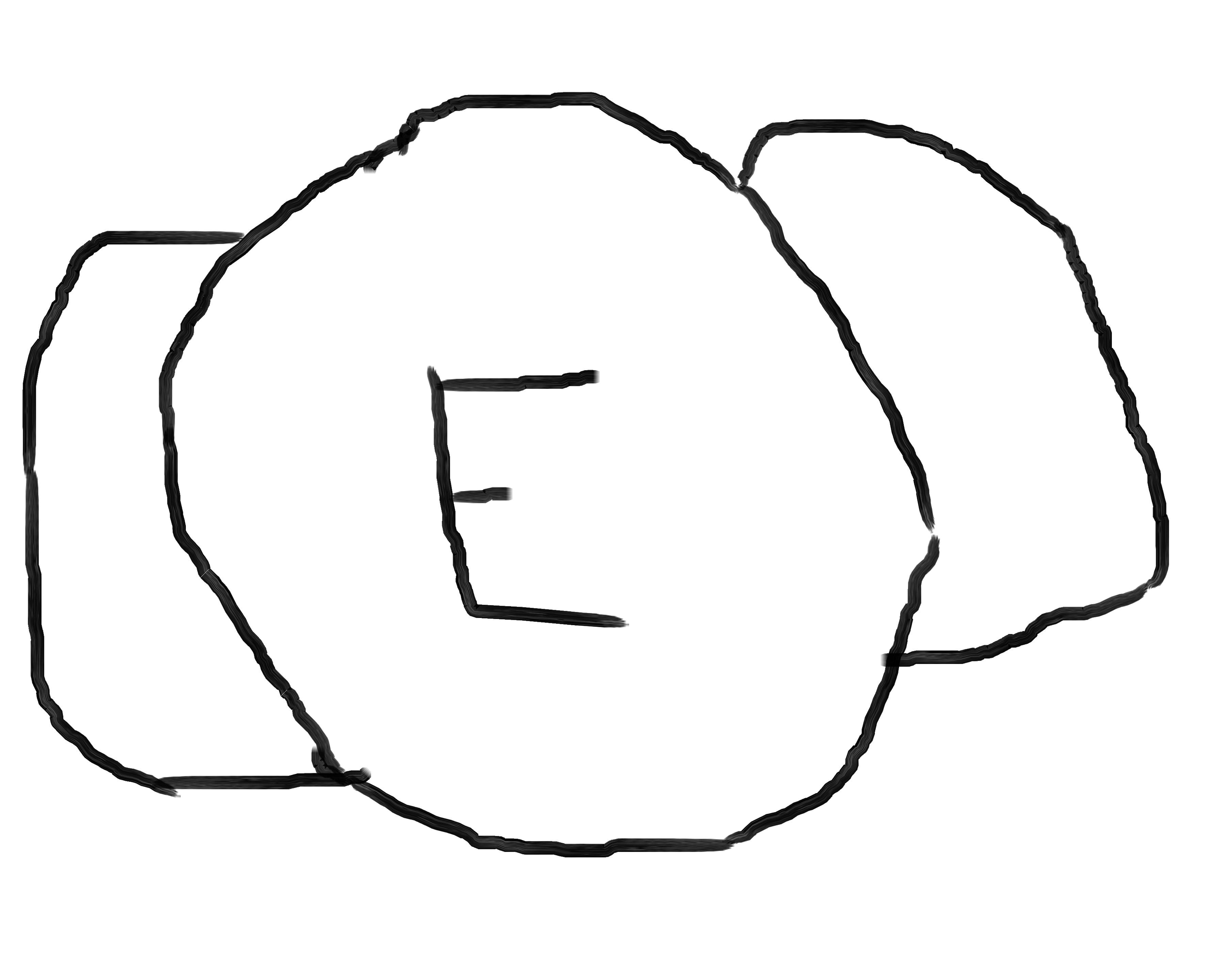That teacher should be fired How can they be allowed to teach and fuck that up
This is one of those problems that makes more sense with context. The teacher had the students working on “reasonableness”, which is essentially “does the question I’m asking make sense?”. The students were probably instructed to ignore actually trying to solve the problem when presented with one, but instead explain why the question either does or doesn’t make sense.
In this case the student potentially misunderstood the task. The failure on the teacher’s part is wording the question in such a way that it actually has a reasonable solution, and isn’t necessarily an unreasonable question.
This isn’t testing reasonableness. This is testing to see if a student understands that to properly compare fractions the wholes have to start as equivalent.
Source: I use questions similar to this every year because if I don’t get some real funky diagrams.
90% of these are faked for Internet points. Just like 99% of text message screenshots.
No internet points here
No point in anything, man.
Exactly! The answer the kid gave is the “correct” one because it shows a proper reasoning about fractions. While the teachers logic assumes that fractions are some kind of absolute value of measure???
The teacher’s from another timeline where the “pizza” made it into SI as the standard unit of food area.
Nah, the kid’s right. Suppose Marty eats 4/6 of his pizza p1, and Luis eats 5/6 of his pizza p2, it means that for 4/6 p1 > 5/6 p2, p1 > (5/6)/(4/6) p2, which equals p1 > 5/4 p2
In other words, Marty’s pizza needs to be at least 25% larger than Luis’.
is this common core?
if so its is teaching how unreasonable the world can be at least.



